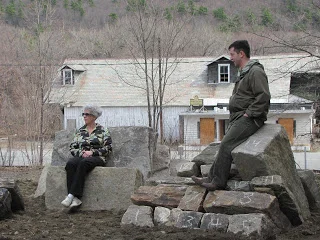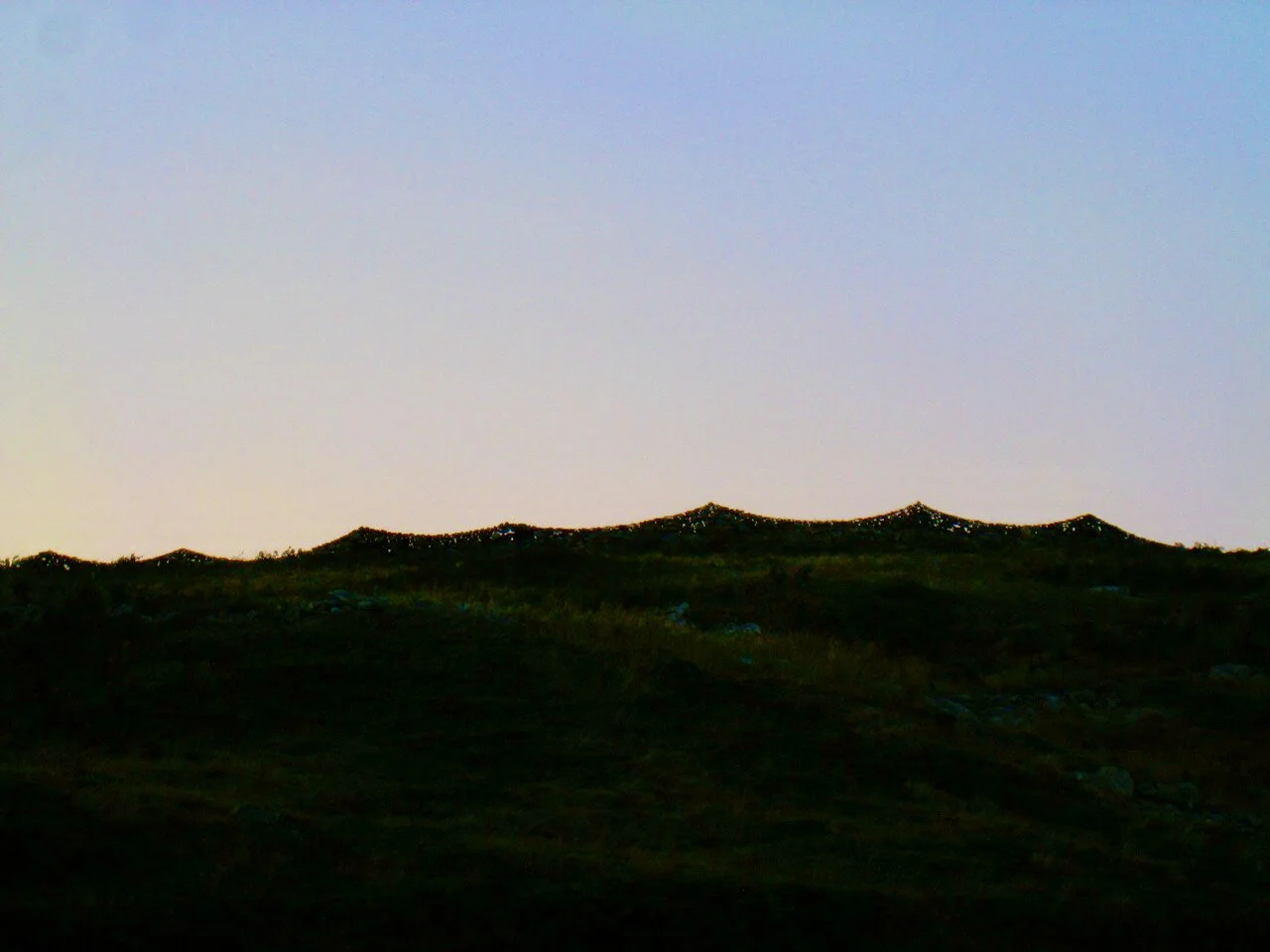Three days this week were devoted to dismantling and reassembling a sculpture titled ‘Rock Rest’. The piece was designed and constructed last December at my stone yard with the intention that it would eventually be installed at the Brattleboro Museum and Art Center’s new sculpture garden. On Sunday I numbered and catalogued the 50+ stones in the piece and transported them, by five truck and trailer loads, seven miles to Brattleboro. The stones were spread out across the parking lot in preparation for placement in the piece.
Read MoreCultivated land is a handmade environment. Over the past two centuries, the rural face of Vermont has been shaped by farm life. While the stone walls built during that time have lost their stature as livestock fences, their presence has become a defining characteristic of the land. A dry laid stone wall, that has stood the test of time, is praised for its practicality, durability and craftsmanship. The close attention farmers pay to their surroundings is comparable to the awareness artists bring to their work. As a medium of expression, dry stone construction is a logical choice for an artist working in the landscape.
Read MoreThe gardener's perspective is the perfect loci for seeking inward and reaching outward, for ordering the experience of time and space, and observing higher orders. Garden makers and stone workers channel the power of nature through their imagination where it is interpreted and transformed through action.
Read MoreThis Thursday I will be at New England Grows! in Boston to present Artscaping: Design and Installation of Land-made Sculpture. The talk will be accompanied by slides detailing the process of identifying the artistic possibilities of outdoor space. Case studies of built works, from conception in 3-D scale models to finished installations, will be highlighted. For those looking to move their landscape horizons beyond the next hill, please join me for this entertaining and thought provoking presentation.
Read MoreThe Sheep Shed resides at the convergence of two paths trodden into the hillside by many generations of sheep hooves. Three dry stone walls, built from cobbles and boulders selected from a gravel pit, support oak timbers. A light weight network of spruce log poles rests on the frame. In ascending layers, thick slabs of flat stone from a quarry in Goshen, Massachusetts cover the pole rafters. The roof stones are not affixed in any way. They are held in place by the sheer weight of their collective mass. Twenty tons of stone float over the void of the sheep shed interior.
Read More



